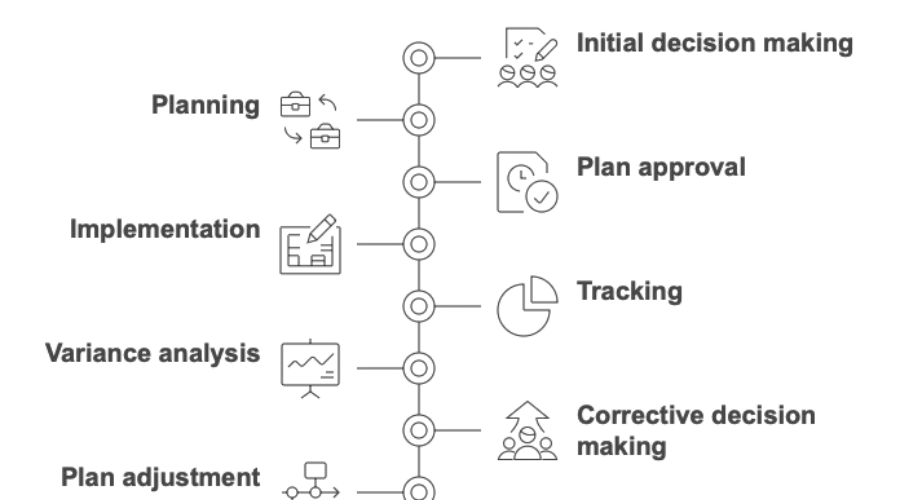In 1930s France there was no shortage of far-sighted politicians. They knew that Nazi Germany was a dangerous neighbour and foresaw the possibility of invasion. France remembered the recent World War I well and was determined to learn its lessons.
The French minister of war, André Maginot, didn’t sit idly by. He began constructing the Maginot Line, a line of mighty fortifications along the border with Germany. The construction was based on thorough and complex mathematical calculations, which took into account the speed of troop movements, road capacity, and many other factors.
But Germans didn’t test the line for its strength. They simply bypassed it from the north and attacked France through Belgium. The meticulous calculations turned out to be useless. A significant part of France was occupied.
An unpredictable rival is more dangerous than a strong one.
And sometimes, having no plan beats the perfect plan.
The high costs of planning
Let’s take a look at the traditional planning process:

This process can be effective, but is it efficient? It’s time-consuming and energy-draining. It inspires meme creators every day to mock corporate life.
employees believe managers just sit around doing nothing.
No major project can be implemented without planning and tracking. But everything has its price, and the time spent warming chairs in meetings isn’t even the biggest cost.
- The paradox of planning: the more detailed the plan, the more surprises in execution. The more tasks, milestones, and participants your project has, the more time you’ll spend just keeping it on track — because nothing ever goes quite as planned.
- We tend to stick to our plans even when it’s obvious that something’s going wrong. That makes us less adaptable.
- Plans give us the illusion of control — and make us blind to changing circumstances.
A few years ago, the corporate world was in love with the Agile approach to planning. However, this approach is perfect for some tasks and totally inapplicable for others.
But there is another way to plan – and it can save you a lot of time and energy.
Two-way door decisions
Even ancient thinkers like Aristotle and Sun Tzu wrote about the importance of planning. Some principles of planning have become axioms – but they really shouldn’t have.
But before we rush into planning, we should first decide what to plan, how to plan – and what not to plan at all.
Jeff Bezos, the founder of Amazon, said that there are two-way and one-way door decisions.
A two-way door – or reversible – decision won't have disastrous consequences even if it turns out to be wrong. You can take a step back or ‘go back through the door' and try something else.
A one-way door – or irreversible – decision is one that won’t let you backtrack if you change your mind.
Changing your product's packaging and testing the idea with a small group of customers is a two-way door decision.
When John Donahoe, then Nike’s CEO, decided in 2017 to cut out middlemen by ending relationships with more than half of its retail partners, it was a one-way door decision – and a wrong one.
I use one-way door and two-way door decisions for strategic projects.
I defy the axiom that all strategic goals, plans, and projects must follow the same time horizon – like a 'three-year strategy' or a 'quarterly plan,' as if one size fits all.
We should have two-way door strategic decisions and one-way door ones.
If a strategic decision 1) involves significant, irreversible investments, 2) comes with high risk, and 3) requires coordination among a lot of people — it's a one-way door decision.
If you’re going to invest $100 million in a processing plant in a distant country, I’d definitely check what kind of door it is. You might need decent, old-school planning for this task.
But if you test a product hypothesis by running a small-scale pilot in one city, it's a two-way door decision. All you need is a small team and a modest budget.
Conclusion
Strategy isn’t just a set of projects or programs that all share the same timeline and level of detail.
It can include heavyweight, long-term initiatives that you’ll later turn into detailed business plans — and quick, lightweight tasks that are quicker to just do than to plan.
And for those, you can absolutely stay agile. So, sometimes, having no plan beats the perfect plan.



